Infrared photography is the gateway to the unseen world, allowing us to see things differently. It illuminates life in another light, one that is invisible to the human eye. Infrared isn’t anything new. In fact, it’s been around for centuries. IR photography has a long and varied history, from its discovery in 1800 to its use in World Wars I and II, to its application in forensic science, and even its use in popular music album covers. In this article, we will explore the fascinating history of infrared photography, from its discovery and scientific applications to its artistic use in film and photography.
Feb 11, 1800 – The Discovery of Infrared Light
Infrared light was first discovered by Sir Frederick William Herschel on February 11, 1800, while conducting an experiment. Viewing sunlight through various colored filters, he noticed that some colors generated more heat than others. This led him to believe that different colors may produce different temperatures. To test this new theory, William Herschel created a rainbow using a glass prism and direct sunlight to separate the colors. He placed a thermometer in each color of the spectrum to measure their individual temperatures. He also added thermometers as controls on either end just outside the visible spectrum.
The temperature gradually increased from violet to red, but it didn’t stop there. The control thermometer below red rose as well, displaying the highest temperature reading of them all. William Herschel concluded that the spectrum of light extends beyond that which is visible to the human eye. This invisible extension of the light spectrum is what’s now known as infrared light.
1910 – The First Infrared Photograph
Infrared photography wasn’t possible until the early 20th century because the existing film emulsions of that time were not sensitive to wavelengths outside the visible spectrum. In 1910, American physicist Robert Williams Wood used experimental film requiring incredibly long exposures to produce the first known IR photographs. The white snow-like foliage produced by IR filters such as the 720nm and 850nm is now known as the Wood Effect. Wood got his infrared-sensitive photographic plates from his friend Kenneth Mees who was a co-owner of Wratten & Wainwright, a photographic supplies manufacturer that later merged with Kodak in 1913.
WWI – IR-Sensitive Plates Used for Aerial Photography
The Wratten & Wainwright-Kodak merger couldn’t have come at a more auspicious time. A year later, when WWI broke out, IR photography proved to be an invaluable resource. The ability of infrared wavelengths to cut through atmospheric haze was crucial for aerial photography during the war. Special IR-sensitive film plates were in high demand for the US Army Air Corps to combat the effects of atmospheric haze and better identify enemy targets from airplanes and stratospheric balloons.
The 1930s – Infrared Film Becomes Commercially Available
Infrared film became commercially available in the 1930s when Kodak developed IR-sensitive film emulsions. By 1937, five different manufacturers were producing a total of 33 black and white infrared film stocks, leading to the popularity of IR photography among enthusiasts. The wide accessibility of infrared film made it suitable for even amateur photographers and scientists. The varied usages for IR photography started to emerge in the 30s. Astronomers used it to reveal new and invisible stars, while the British Museum used it to read ancient texts. Infrared became useful for art restoration, medical, forensic, and agricultural applications. The Times would often publish IR photos taken by their staff. Infrared movie film also became popular in Hollywood for shooting black and white night-time scenes during the day.
WWII – False-Color IR Film is Developed for Camouflage Detection
Military usage of infrared technologies expanded during WWII. Several nations made use of it to gain every possible advantage. IR developments unfurled past simply cutting through atmospheric haze as in WWI. During WWII, it was used for a variety of purposes, such as illuminating airfields, aiding nighttime training, and detecting camouflage.
The Wood Effect was deployed to identify false greenery used for camouflage as it would not look the same as real, live foliage. However, the development of paints that could mimic the effect made this less valuable than anticipated. Thus, color infrared film was created. Aerochrome III Infrared 1443 was developed by Kodak and the US Military for aerial surveillance of war-torn areas. With this new color IR film, the chlorophyll in plants would photograph hot pink, making camouflage detection possible again.
The 1950s – Infrared Used by the Greats
Infrared photography experienced a period of stability after the end of World War II until the rise of electronics and the web. Iconic photographers such as Ansel Adams and Edward Steichen occasionally took photos in IR, but Minor White was the first to be recognized for his work in the medium. His photograph “Cobblestone House, Avon, New York” is considered the first widely-published artistic infrared photograph. White’s interest in the tonalities of IR photography has been echoed by contemporary photographers who are fascinated by the look it produces.
The 1960s – False-Color Infrared and the Psychedelic Movement
Previously, only black and white infrared film had been available to the public. False-color IR photography became popular in the 1960s during the psychedelic movement after Kodak released 35mm Aerochrome film for commercial usage. The popularity of infrared photography exploded during this time as a result of many popular musicians using it for their album covers. Artists such as Jimi Hendrix, Frank Zappa, Donovan, the Grateful Dead, and Bob Dylan were the subjects of several infrared images. The psychedelic aesthetic of the era was well-suited to the unexpected colors and effects of IR photography. Infrared photography became so popular that a special IR focus mark was added to most lenses.
The 1990s – Digital Cameras Destroy the Film Industry
After the psychedelic infrared craze of the 60s, interest in the medium soon dropped off. It became often overlooked due to its association with amateur photography. However, since the introduction of digital cameras in the late 1990s, IR photography has become a valuable artistic tool for both professional and amateur photographers, as well as many other scientific, medical, criminal, and technological applications.
2007 – Kodak Discontinues 35mm IR Film
While the digital age made digital IR possible, it also caused a massive decline in analog photography and infrared film. In 2007, Kodak discontinued its 35mm color IR film due to low sales. New manufacturers have since entered the market, offering boutique film brands with infrared or extended red capabilities, but the once popular Aerochrome film was gone for good.
Today – Digital Infrared is Widely Used Across Many Industries
Today, infrared photography is more accessible than ever before. Most digital cameras these days can easily be converted for IR and even maintain their ability to shoot normal color in the visible spectrum. Here at Kolari, we strive to keep this unique medium alive and expand its reach through our dedicated infrared or full spectrum conversions, innovative IR filters like our digital emulation of the iconic Aerochrome film, and educational content like this article. If you want to read more about digital IR, we have a large collection of articles all about infrared photography.
From Robert Williams Wood’s pioneering experiments to the rise of digital photography, infrared photography has come a long way in the past century. It has become a tool for professionals and amateurs alike, used in fields ranging from forensic science to astronomy and art conservation to agriculture. Its unique capabilities have made it a valuable resource for many industries, and its intriguing aesthetic has made it a popular choice for creative photographers. With the right equipment and a bit of imagination, anyone can explore the possibilities of infrared photography and create beautiful and unique images.
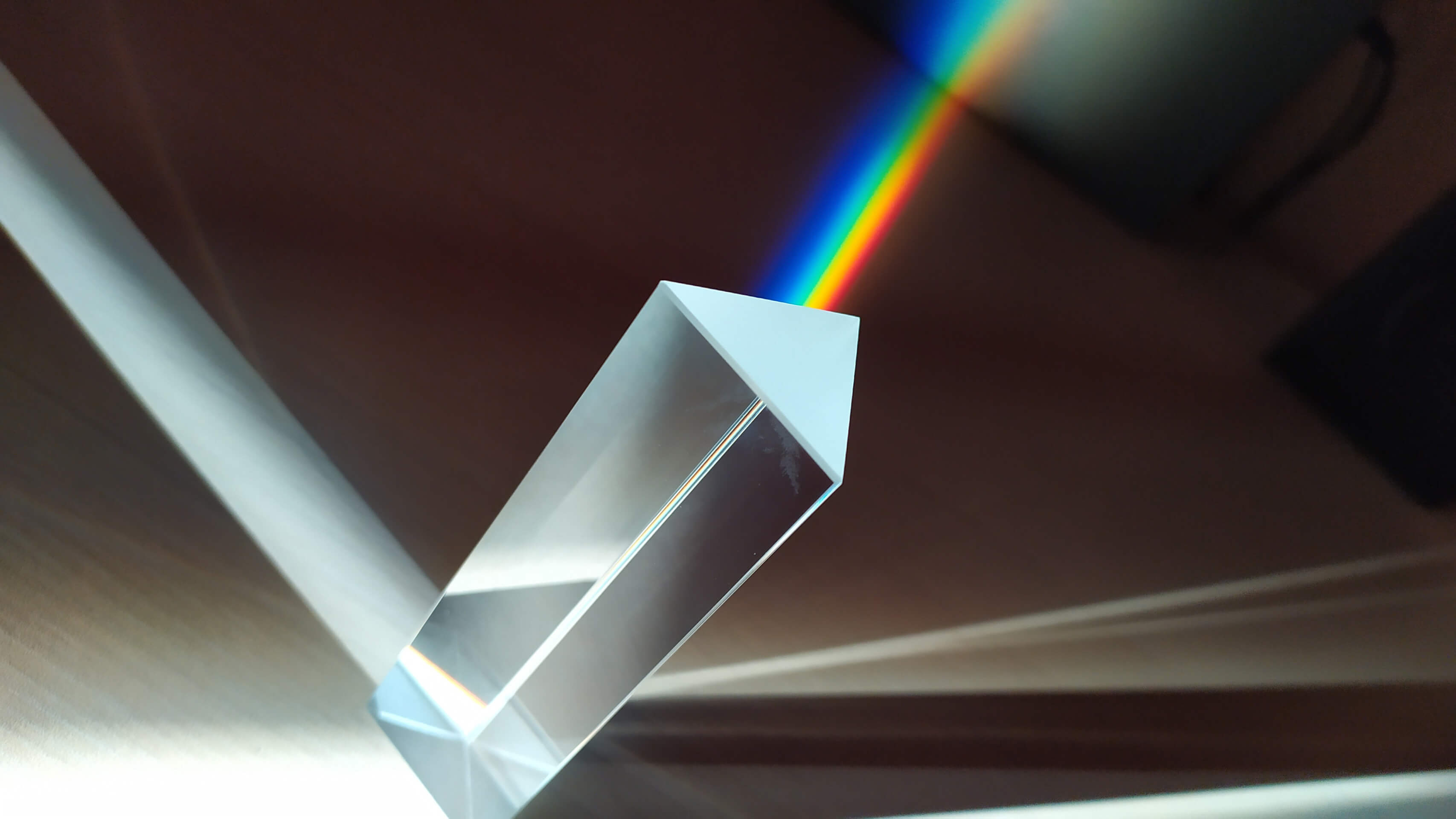

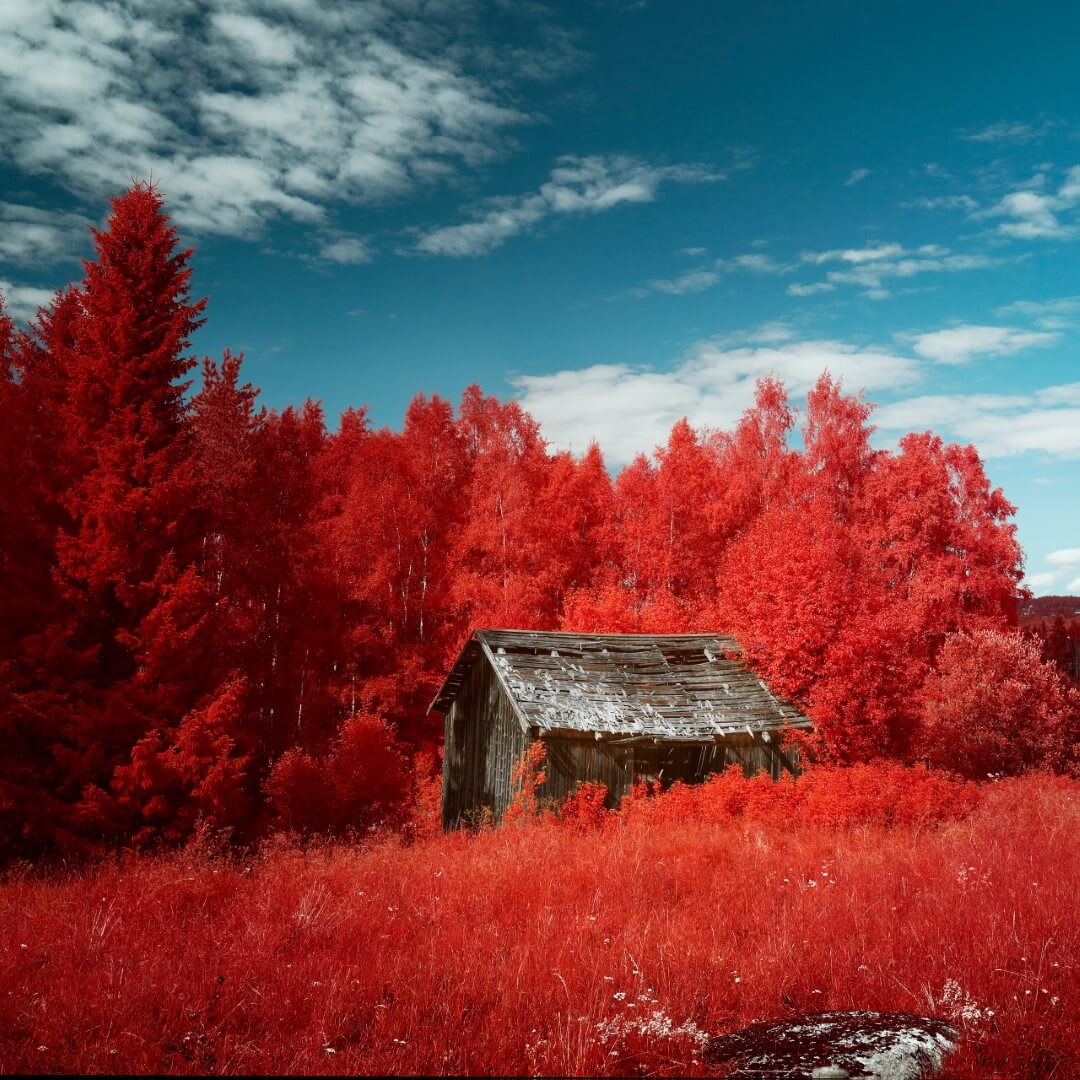
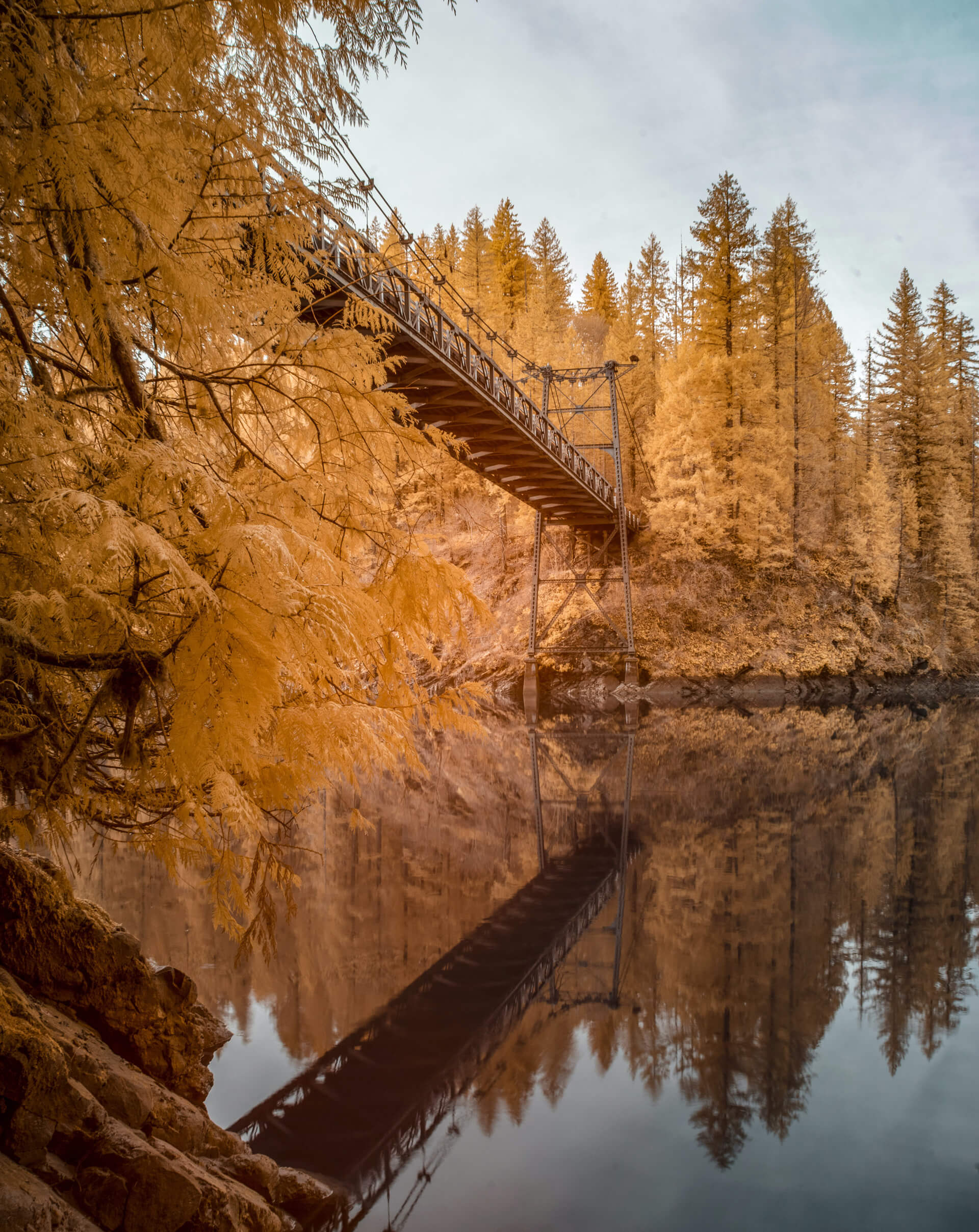

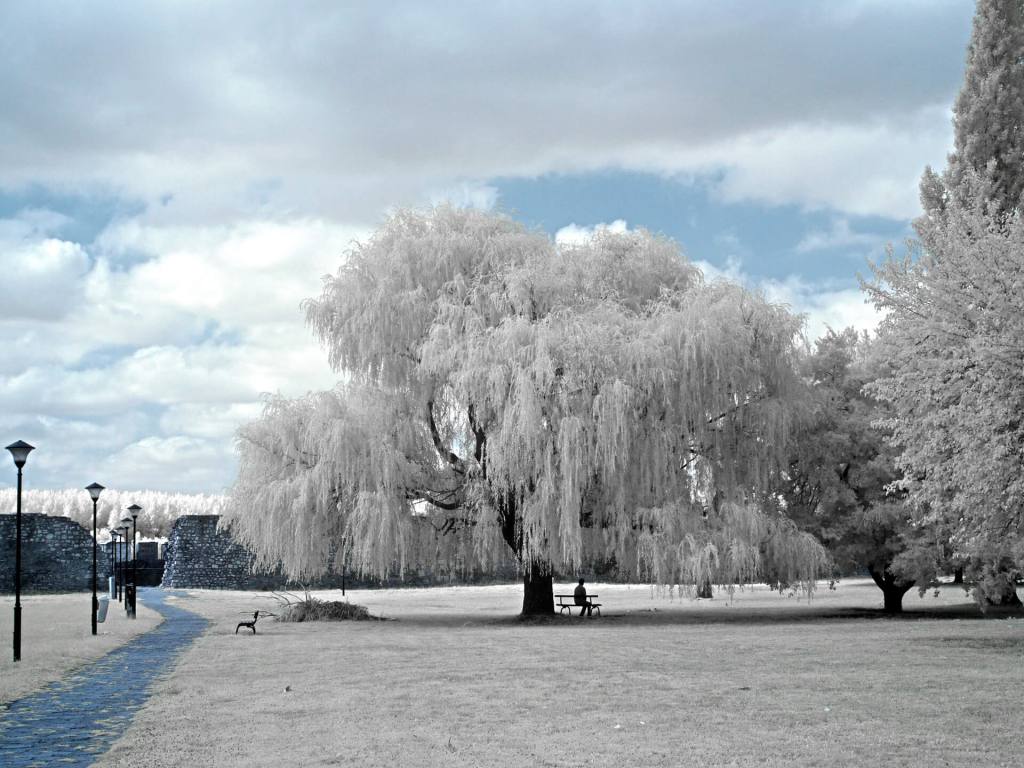

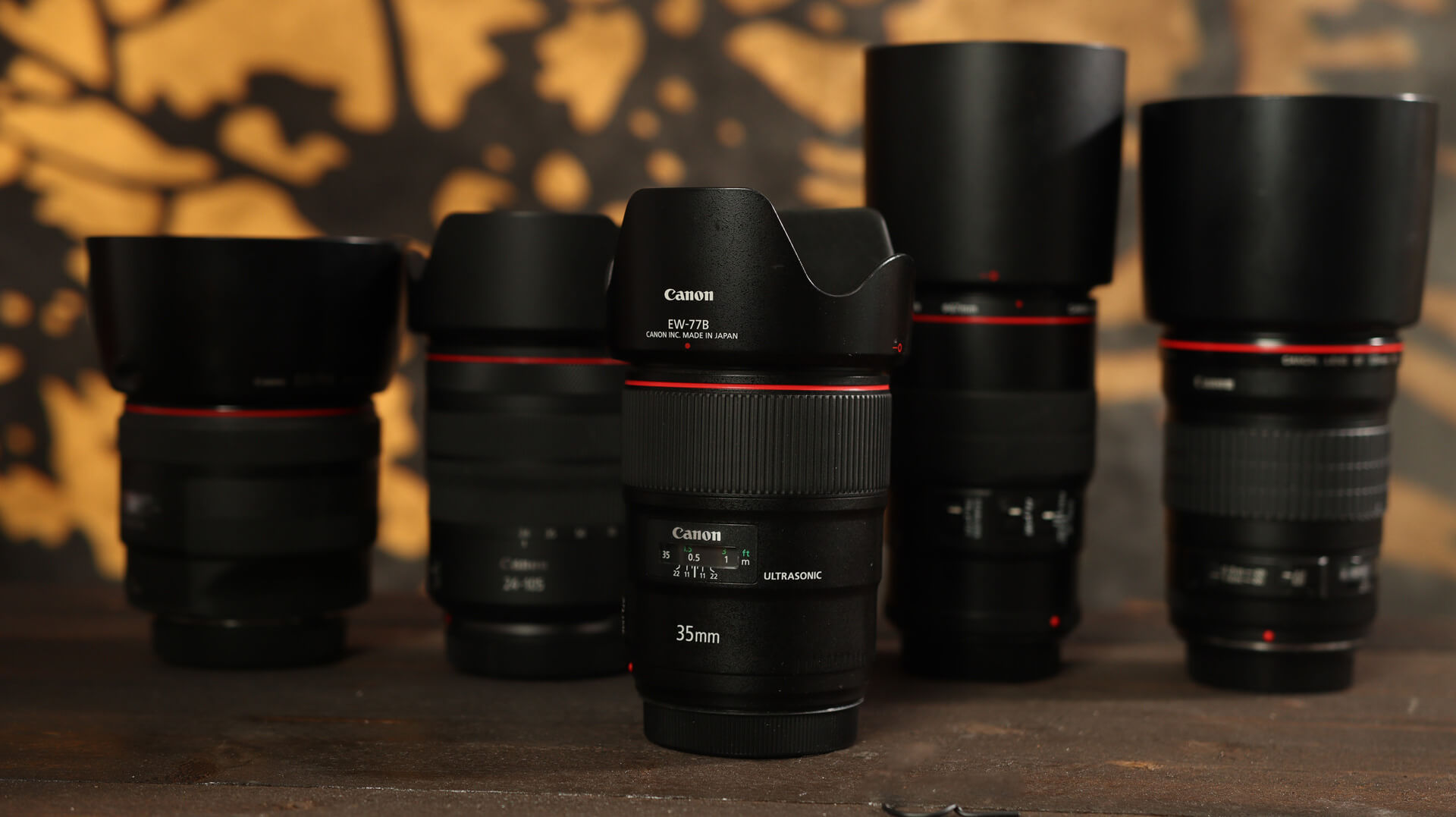





One Response
I used to love Aerochrome, although it was a chore to protect, use, and get developed. Digital IR brought in the ability to contain the spectrum with 590, etc., but, for me, the IR Chrome filter brings back the old days and memories. Thank you, Kolari